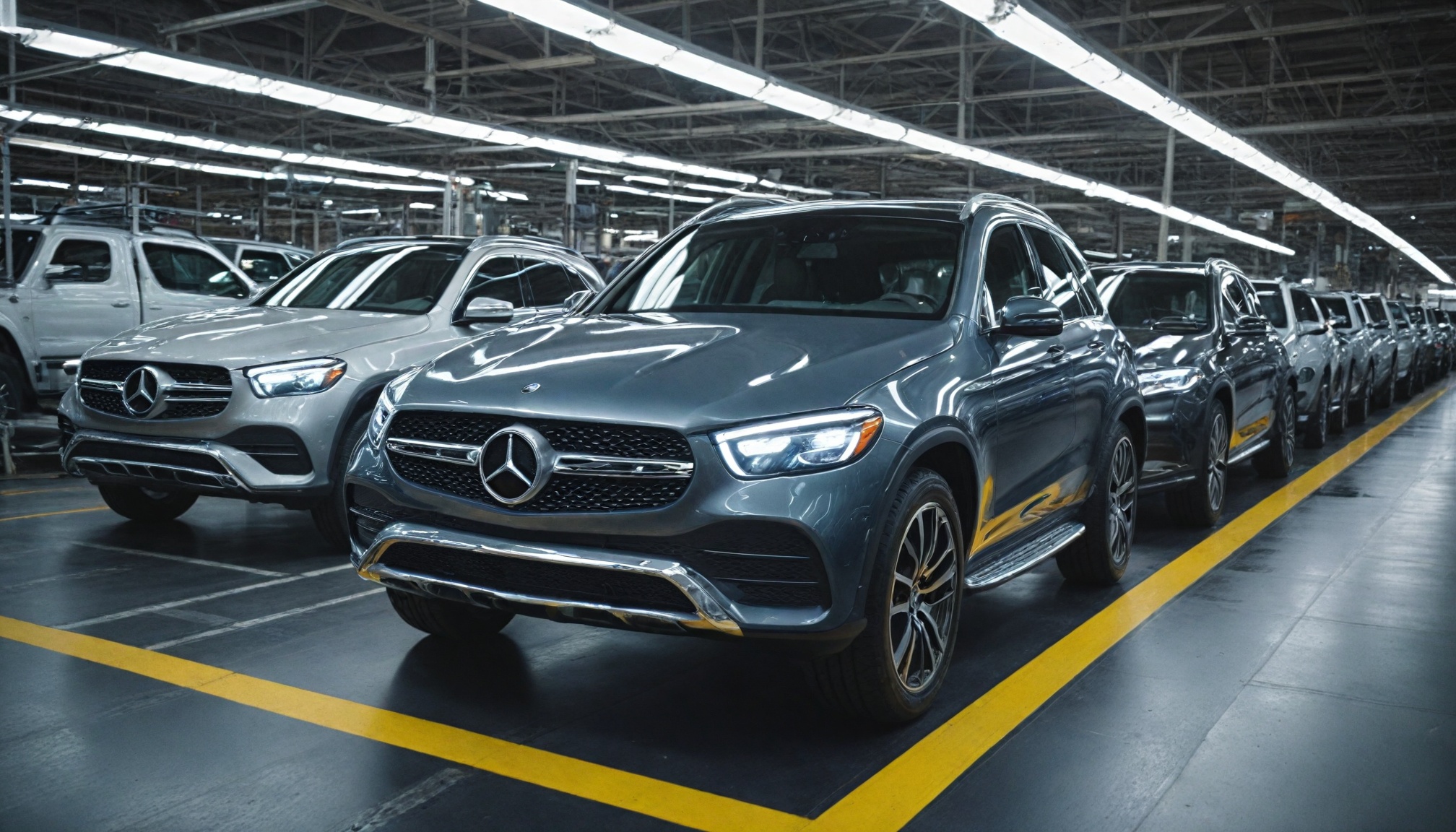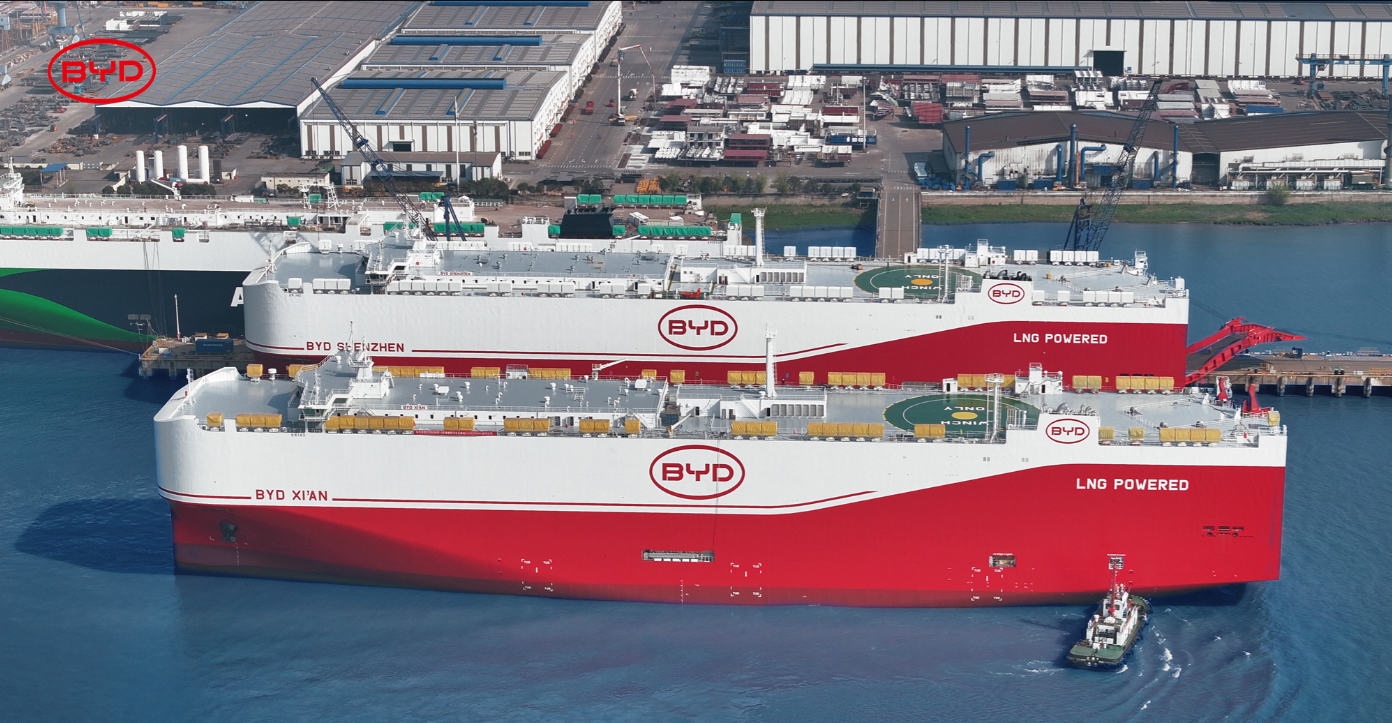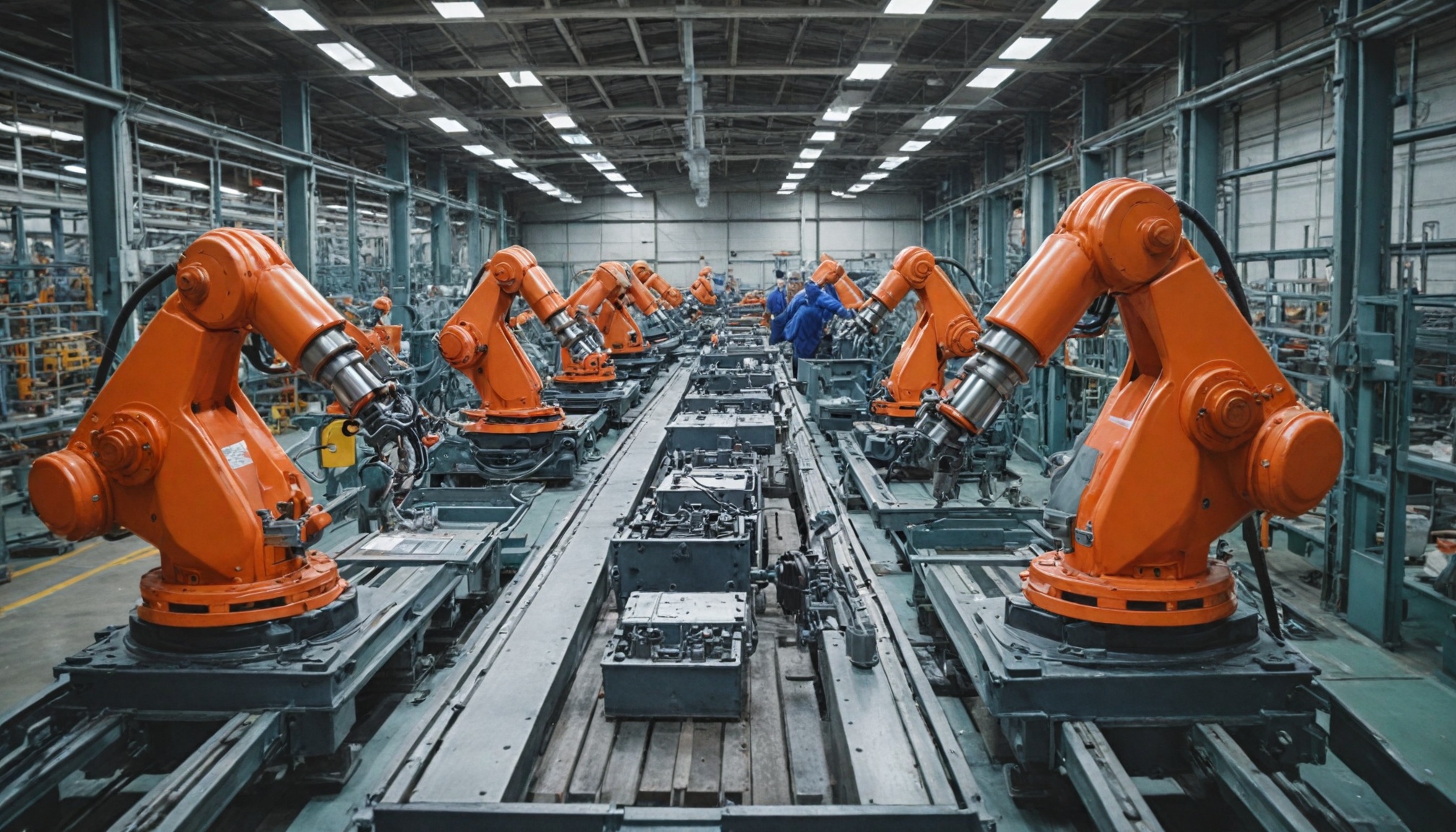
Trump's tariffs are transforming US manufacturing, as companies reshore operations despite workforce shortages. This historic reversal of offshoring trends requires balancing technology, labor, and supply chains.

Drivetech Partners
The manufacturing landscape in America is undergoing a dramatic transformation in 2025, with Trump's aggressive tariff policies pushing companies to reshore operations despite significant challenges. This reshoring movement represents a historic reversal of decades-long offshoring trends, forcing manufacturers to balance the benefits of domestic production against workforce shortages, technological demands, and the complex task of rebuilding American supply chains.
Key Takeaways
New 25% tariffs on Mexican and Canadian goods have dramatically reduced the attractiveness of nearshoring while accelerating direct reshoring to the US
America faces a projected shortfall of 1.9 million manufacturing workers by 2033, with nearly half of 3.8 million upcoming positions potentially remaining unfilled
Advanced technologies like AI-powered automation and IoT are enabling reshoring while simultaneously creating demand for workers with higher technical skills
Government initiatives including the CHIPS Act and clean energy incentives are catalyzing strategic manufacturing investments across regions
The reshoring trend represents a fundamental restructuring of American industrial strategy after losing one-third of manufacturing jobs between 1980-2020
Trump Tariffs Reshape the Manufacturing Landscape
The implementation of aggressive new tariffs in March and April 2025 has dramatically altered the calculus for manufacturers considering their production locations. With 25% tariffs now imposed on Mexican and Canadian products not compliant with USMCA requirements, companies that had been pursuing nearshoring strategies are reconsidering direct reshoring to the United States.
These tariff policies have accelerated reshoring decisions that were previously driven primarily by supply chain vulnerabilities exposed during the pandemic. This shift is reflected in the manufacturing reshoring index, which declined by a substantial 311 points in 2025, providing a sobering reality check regarding America's manufacturing readiness.
Despite these challenges, CEO confidence appears strong, with 15% more executives indicating plans to reshore operations compared to last year. This suggests that while the immediate economic picture may be mixed, business leaders are taking a longer-term strategic view of domestic manufacturing capabilities.
Economic Reality and Mixed Signals
The current economic data presents a complex picture for manufacturing reshoring. US manufacturing output grew by only 1% in the past year, half the rate of market consumption increase for manufactured goods. Meanwhile, the manufacturing import ratio increased by 9%, returning to pre-COVID levels, indicating that imports from low-cost countries continue to outpace domestic production growth.
Despite these concerning trends, economic projections for 2025 signal confidence in the sector's recovery, with overall manufacturing revenues expected to increase by 4.2%. Capital expenditures are projected to rise by 5.2%, reflecting optimism about the future of domestic manufacturing capability.
This apparent contradiction between current performance and future outlook highlights the transitional nature of the current reshoring movement. Companies appear willing to accept short-term challenges for the strategic benefits of domestic production control and reduced supply chain vulnerability.
The Workforce Paradox: High Demand, Short Supply
One of the most significant challenges facing the reshoring movement is the severe shortage of qualified workers. In Q3 2024, 20.6% of US manufacturing plants cited insufficient labor or labor skills as a key constraint on production, underscoring the persistent nature of this problem.
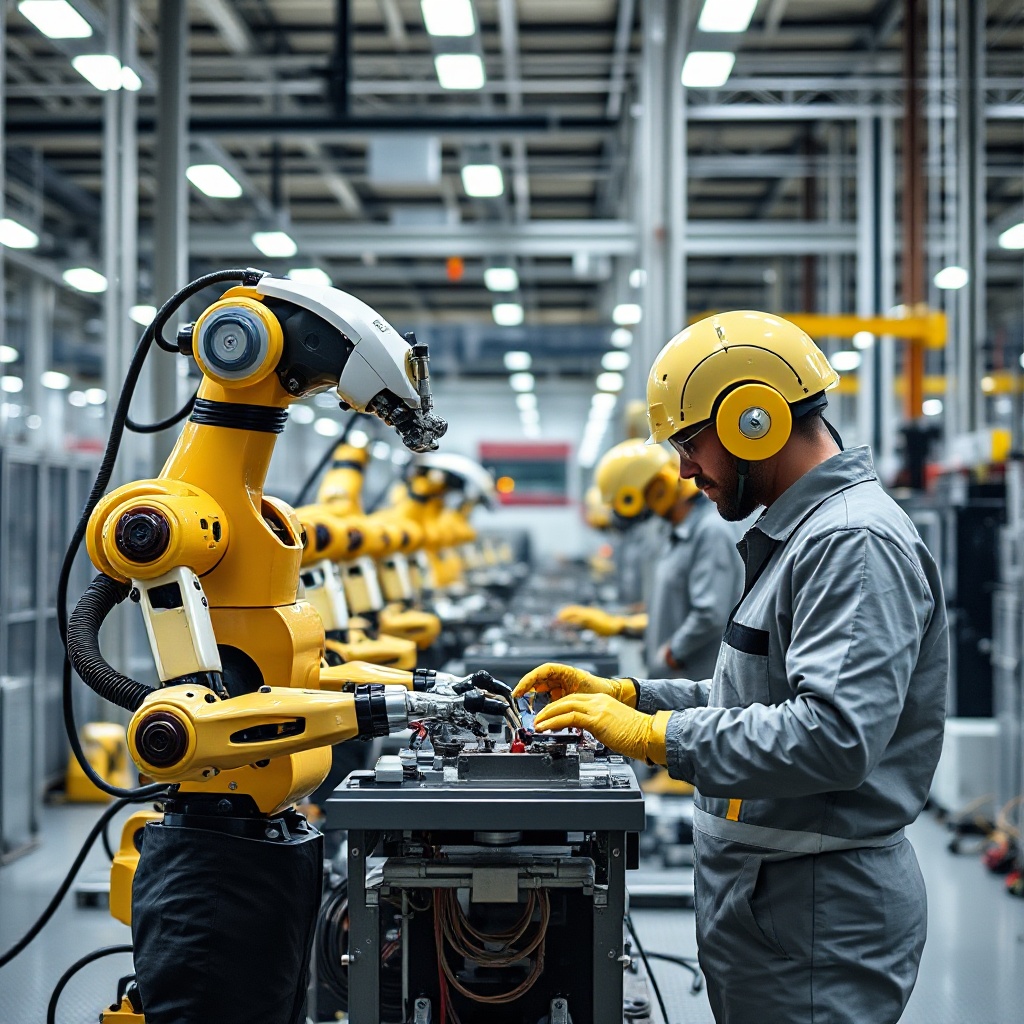
The scale of this workforce challenge is immense, with the US facing a projected shortfall of 1.9 million manufacturing workers by 2033. While 3.8 million manufacturing positions are expected to open up during this period, current trends suggest that nearly half could go unfilled.
Ironically, manufacturing jobs offer considerable financial rewards, with average annual earnings exceeding $102,000 including pay and benefits. The challenge isn't just about quantity but quality – the modern manufacturing environment increasingly requires a blend of technical manufacturing knowledge, digital literacy, and soft skills that many workers currently lack.
Advanced Technology: Enabler or Complicator?
Technology plays a paradoxical role in the reshoring movement. On one hand, AI-powered automation, digital twins, and IoT-enabled operations are making it increasingly feasible to operate cost-effective manufacturing facilities in the United States. These technologies help offset higher labor costs and improve production efficiency.
However, these same technological advancements are simultaneously complicating the workforce equation. The adoption of advanced manufacturing technologies creates demand for workers with higher-level technical skills who can operate alongside these systems. Many companies find themselves caught in a difficult balancing act – investing in automation to remain competitive while struggling to find and train workers capable of managing these complex systems.
Technology investments are expected to accelerate throughout 2025 as companies seek competitive advantages, with roles requiring advanced technical skills projected to grow fastest between 2022 and 2032. This technological acceleration presents both opportunities and challenges for the reshoring movement.
Government Catalysts for Industrial Growth
Federal policy has emerged as a powerful force supporting the reshoring movement. The CHIPS and Science Act has stimulated significant investment in semiconductor manufacturing, with the US expected to triple its semiconductor manufacturing capacity in the decade following the legislation. This expansion is projected to create more than 110,000 new semiconductor jobs across the industry.
Additional initiatives like the Make More in America program by the US Export-Import Bank have provided nearly $300 million to companies establishing US supply chains. Federal incentives for clean technology and domestic production are further boosting the manufacturing sector's growth trajectory.
These government programs represent a significant shift in industrial policy, with direct federal support for strategic manufacturing capabilities now seen as essential for both economic and national security reasons. The combination of tariff protection and positive incentives creates a more favorable environment for companies considering reshoring operations.
Regional Success Stories and Strategic Investments
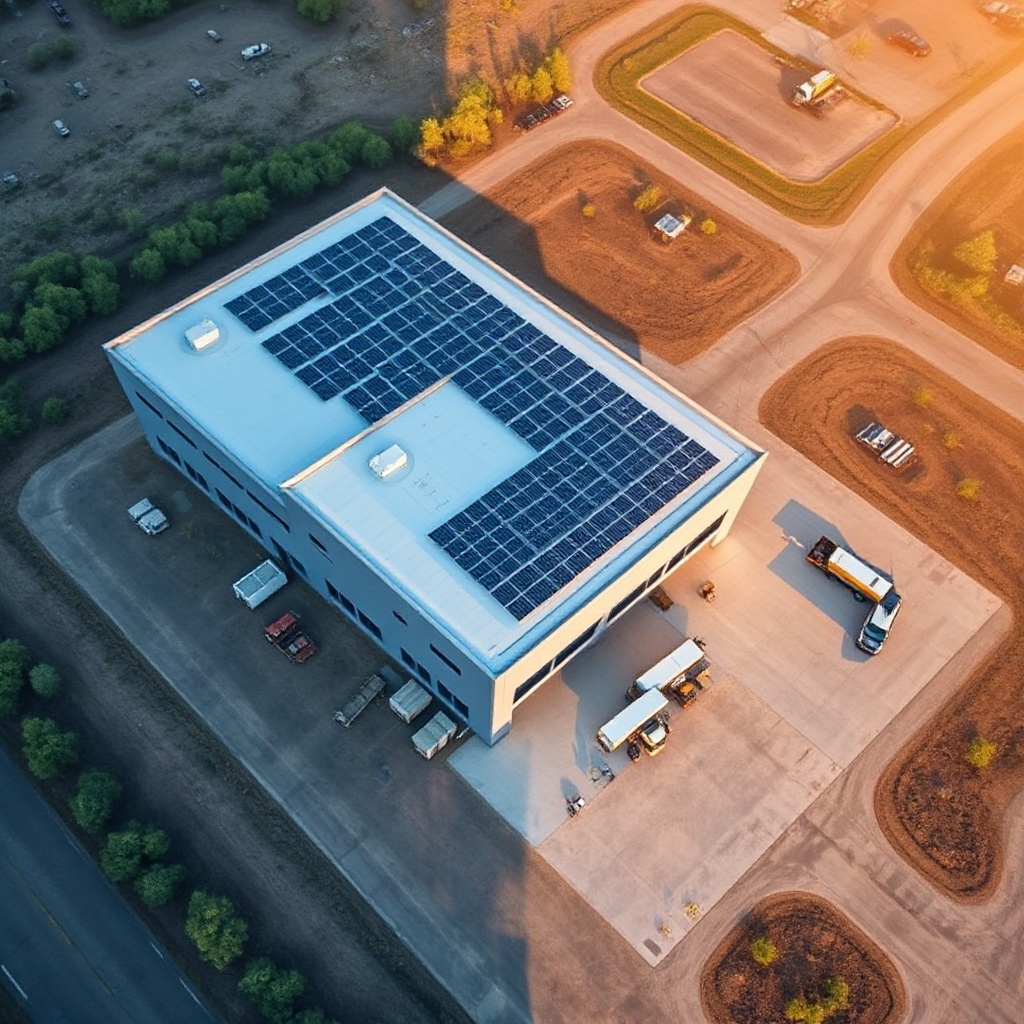
The reshoring movement is creating significant opportunities for regional economic development, with certain states emerging as particularly successful in attracting new manufacturing investments. Alabama stands out as an example of successful manufacturing development, with major investments from GE Aviation, Polaris, Toyota, and Mazda Toyota creating thousands of new jobs.
The clean energy sector provides another compelling example of regional manufacturing growth. SolarCycle is investing $400 million in the largest solar panel recycling facility in the US, located in Cedartown, Georgia. This is complemented by an additional $344 million investment in a solar glass plant with 6 GW annual capacity in the same state, both scheduled to become operational in 2025 and 2026.
Security considerations are increasingly influencing site selection decisions, with manufacturers recognizing that locations even a few miles apart can have dramatically different risk profiles. This security-conscious approach to manufacturing location strategy represents yet another factor in the complex reshoring equation.
Supply Chain Reconstruction Challenges
Rebuilding domestic supply chains after decades of offshoring presents formidable challenges. Companies shifting operations closer to the US are discovering that reconstructing supplier networks requires significant time, resources, and strategic patience.
The impact of new tariffs is already visible in trade patterns, with imports from Mexico to the US slowing compared to previous years' boom, while Canada has recorded a year-over-year contraction in exports to the US. These trends indicate that the reshoring movement is already disrupting established supply chain relationships.
Manufacturers must carefully balance the higher operating costs associated with domestic production against the benefits of reduced supply chain vulnerability and increased control. This calculation varies significantly by industry sector, with products requiring high precision, containing sensitive intellectual property, or facing stringent regulatory requirements typically offering the strongest case for reshoring.
Long-Term Strategic Implications
The current reshoring trend represents a fundamental shift in American industrial strategy after decades of manufacturing offshoring. Between 1980 and 2020, the US lost approximately seven million manufacturing jobs – one-third of its manufacturing workforce. The current reshoring movement signals a potential reversal of the 75-year prioritization of achieving the lowest possible direct manufacturing costs.
This shift isn't driven by a single factor but by parallel forces across policy, economics, geopolitics, and public health. The cumulative effect is a comprehensive restructuring of supply chains that extends well beyond simply replacing human workers with robots. The impact is already visible in infrastructure demands, with electricity consumption forecasted to increase by 3% in 2024 compared to 2023, partly driven by manufacturing reshoring.
As this transformation continues, it will require sustained commitment from both the public and private sectors to address workforce development challenges, technological adoption barriers, and supply chain reconstruction needs. The reshoring movement represents not just a change in production location but a fundamental reorientation of America's approach to manufacturing in the global economy.
Sources
Kearney - US Reshoring Index
NIST - What's Coming for US Manufacturing in 2025
Manufacturing Today - US Manufacturing Growth Predicted to Rebound Significantly by 2025
PR Newswire - Kearney's 2025 Reshoring Index Declines
Deloitte - Manufacturing Industry Outlook
